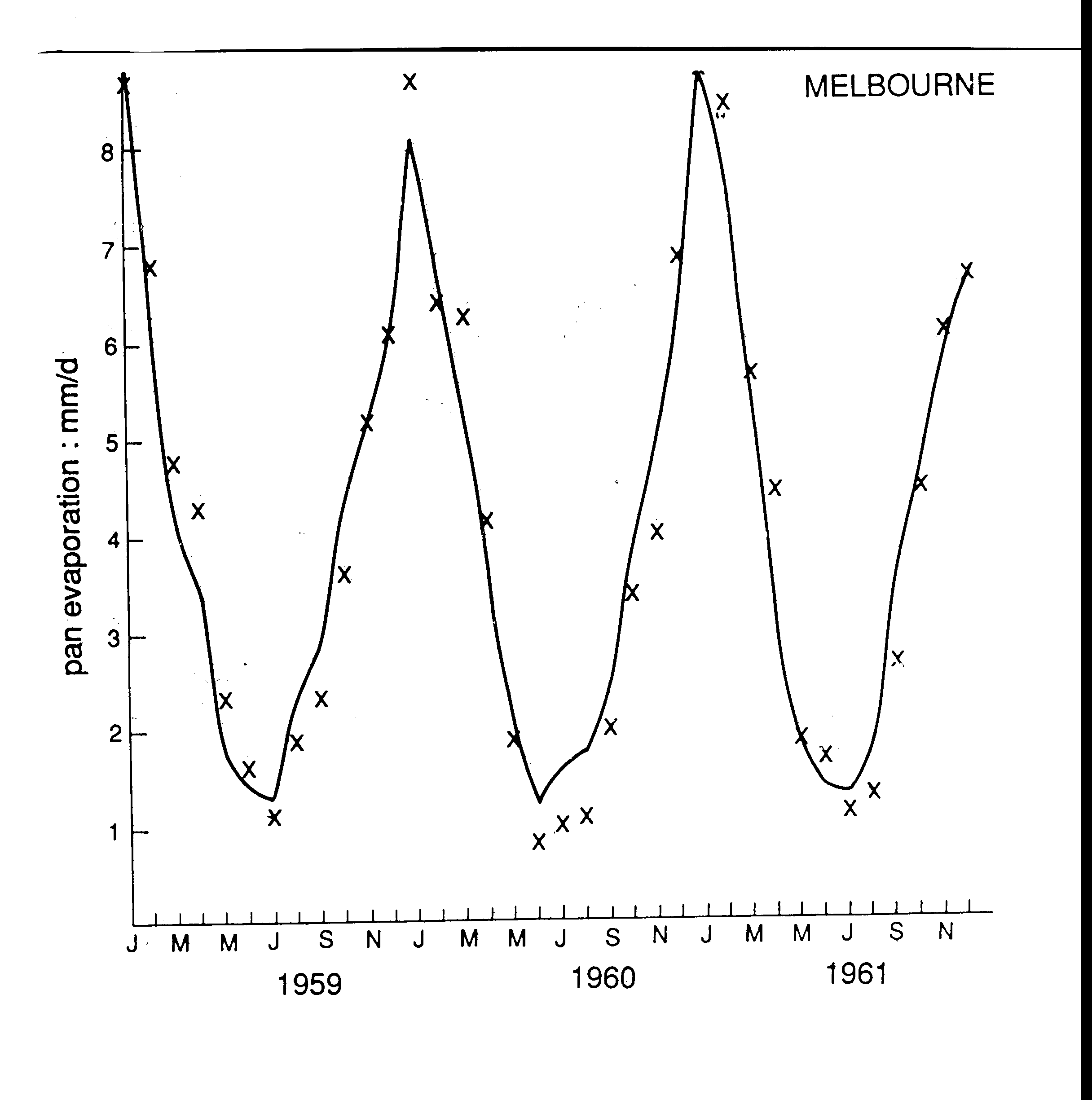
Properties of Solutions: Electrolytes and Non-ElectrolytesĬonductivity of Solutions: The Effect of Concentration Go Direct ® Gas Pressure Sensor, Go Direct ® Temperature ProbeĮvaporation and Intermolecular Attractionsĭetermining the Concentration of a Solution: Beer's LawĮffect of Temperature on Solubility of a Salt Pressure-Temperature Relationship in Gases You may edit the lab to meet your specific needs and make copies for use with your classes.įind the Relationship: An Exercise in Graphing Analysisīoyle's Law: Pressure-Volume Relationship in Gases After you submit a SIM request to borrow equipment or obtain the services of the Mobile Educator, then you will be emailed both the student and teacher versions of the experiment in Word format. The webpage provides a description of the experiment with correlations to state and national science standards. Public Safety and Emergency Medicine Trainingĭirections: Click on the"Experiment Title" link to the lab that you wish to preview.Futuros Empresarios/Future Entrepreneurs (FE) Program.State License/Credential Requirements by Program.Forįurther information, consult your state's handbook of Science Safety. Materials used in a project is the sole responsibility of each individual. Reading and following the safety precautions of all Should be undertaken only in appropriate settings and with appropriate parental Implementation of any Science Project Idea Warning is hereby given that not all Project Ideas are appropriate for all In addition, yourĪccess to 's website and Science Fair Project Ideas is covered byĮ's Privacy Policy and site Terms of Use, which include limitations Renounce any claims against that arise thereof. By accessing the Science Fair Project Ideas, you waive and Regarding the Science Fair Project Ideas and is not responsible or liable forĪny loss or damage, directly or indirectly, caused by your use of such

does not make any guarantee or representation The narrow shape of the containers used in the second experiment slowed down diffusion because of the container’s effect on Brownian motion (the mechanism behind diffusion).Į provides the Science Fair Project Ideas for informational Particles move faster in warmer water, so the red coloring spread more quickly through the cup. Temperature and the shape of the containers affected the rate of diffusion in both experiments. The narrowest container will likely have demonstrated the slower rate of diffusion because fewer molecules are in contact with each other, meaning fewer collisions of the solvent with the solute. Drop one drop of food coloring in each of container and compare their rate of diffusion.Fill both containers with the same temperature of water.This is because particles vibrate faster and harder when they’re warmer-the hot water molecules struck the food coloring molecules harder and more frequently, scattering them until the cup ended up containing a homogeneous solution. You should have noticed that the red food coloring in the hot water dispersed much more quickly than the blue food coloring in the cold water did.


In this experiment, we will first be looking at how diffusion occurs in hot and cold homogenous mixtures.


 0 kommentar(er)
0 kommentar(er)
